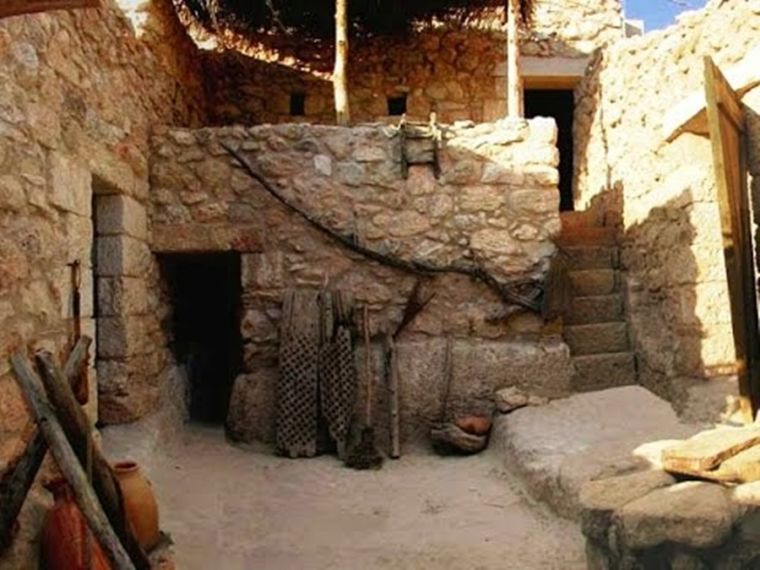British Archaeologist Thinks He's Found The House Where Jesus Grew Up

The house where Jesus Christ grew up in under the care of Mary and Joseph may have been found.
Dr. Ken Dark, a British archaeologist, said the humble first century abode is located in Nazareth, northern Israel, the Express reported.
In an article in Biblical Archaeological Review, Dark said the house was first discovered in the 1880s by nuns at the Sisters of Nazareth convent. However, it was only in 2006 when the experts dated it to the first century, thus giving credence to the claim that it may indeed be the earthly home of the Son of God.
What convinced Dark that the courtyard-style house was indeed the home of Jesus was the fact that "great efforts had been made to encompass the remains of this building within the vaulted cellars of both the Byzantine and Crusader churches, so that it was thereafter protected."
Thus, the professor at the University of Reading concluded that there was "no good reason" why the house was not Jesus'.
Aside from the archaeological evidence, Dark pointed to a text written in 670AD by abbot Adomnàn of the Scottish island monastery at Iona, who describes Frankish bishop Arculf's pilgrimage to Nazareth.
In the text, Adomnàn mentioned a church "where once there was the house in which the Lord was nourished in his infancy."
The house believed to be that of Jesus is located beneath the Sisters of Nazareth Convent, across the road from the Church of Annunciation, according to Dark.
He said the house is cut out of limestone with a series of rooms and a stairway.
More light is expected to be shed on Jesus' childhood home in one of the upcoming episodes of CNN's "Finding Jesus" documentary series, whose Season 2 premiered on Sunday.
According to the show's producers the second season of the show will explore the childhood home of Jesus, the tomb of King Herod, the bones of St. Peter, the relics believed to shed light on the apostle Thomas, the Pilate stone and the tomb of Lazarus.
In November last year, researchers removed the marble slabs covering the tomb of Jesus inside the Church of the Holy Sepulchre in Jerusalem's Old City.
The researchers reportedly found that portions of the tomb where Jesus was laid before His resurrection are still present today, and have survived centuries of damage, destruction, and reconstruction of the Church of the Holy Sepulchre.
The researchers even found Jesus' original limestone burial bed that was described as "intact."











